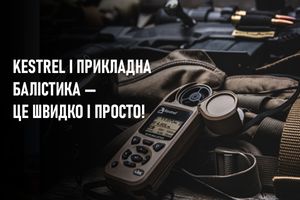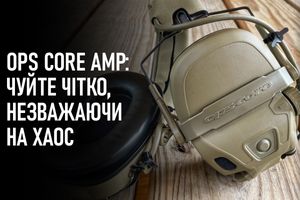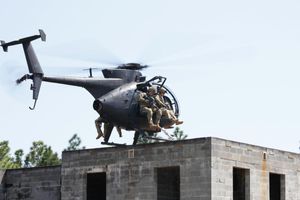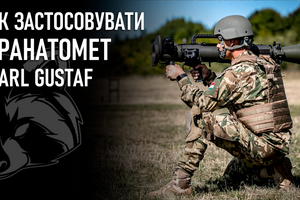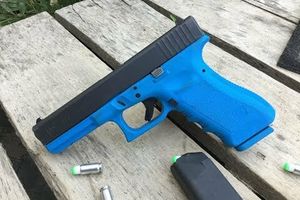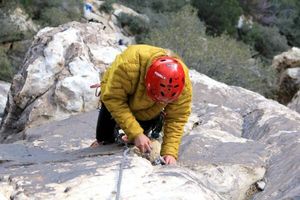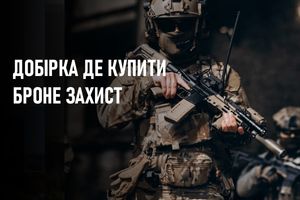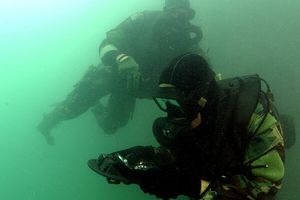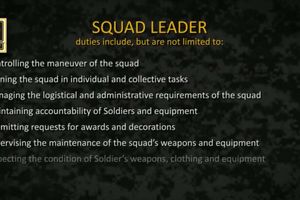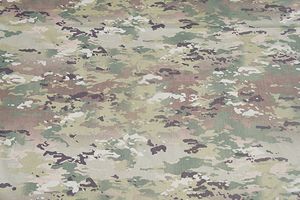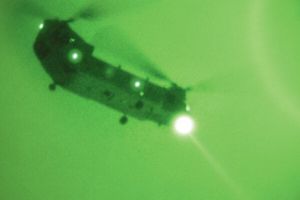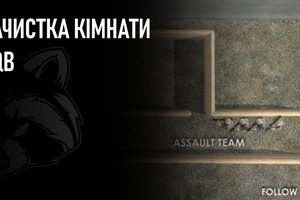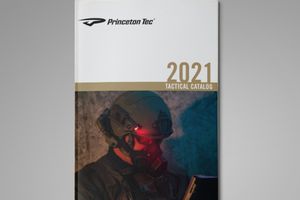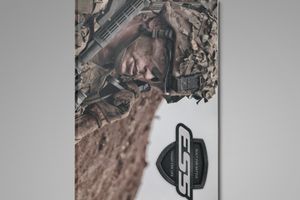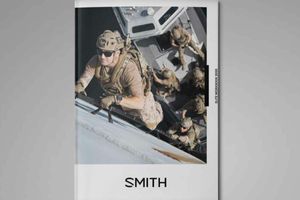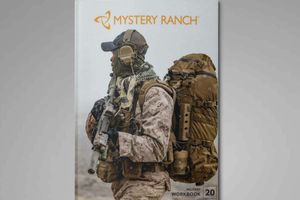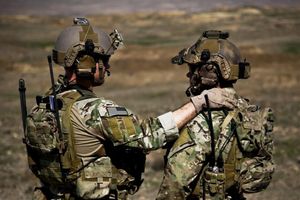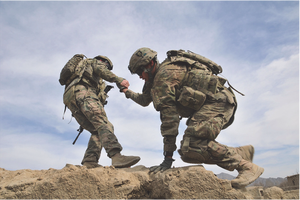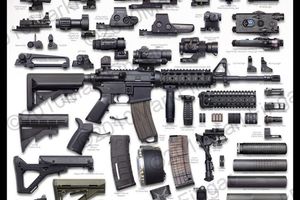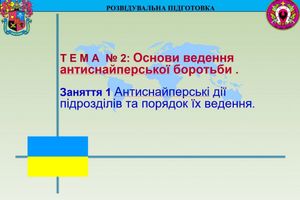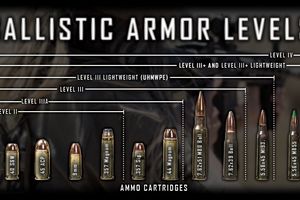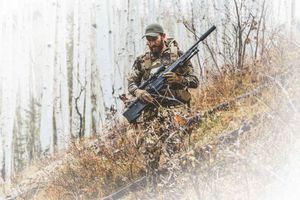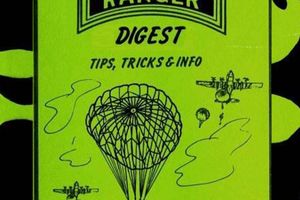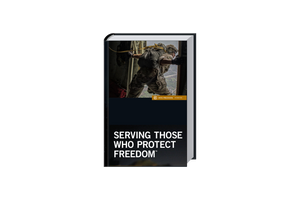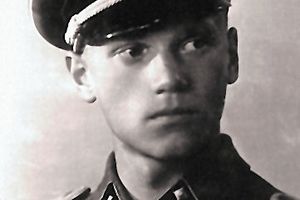Surely you heard about the peasants who come at night, those assholes that devour snakes. To harsh soldiers, somersaulting down from helicopters and knocking out doors, then neutralizing high-value targets and taking off before the locals make a fuss.
But special operations are not the same thing, but a bunch of different things. Operatives from different units carry out their tasks in different ways.
Here is a small guide, We Are The Mighty, which covers the main types of special forces of all military branches of the United States.
Army
Delta Force
Together with the sixth detachment of "fur seals", the Delta Detachment is one of the most famous and powerful anti-terrorist detachments.
The selection of candidates for the detachment is made from all the branches of the US forces, but primarily from the Army - from Special Forces and Rangers. Delta, as an anti-terrorist task force, is tasked with tracking down some of the most serious threats to US security.
They were sent for UBL in 2001, and they also killed Abu Sayyaf (Abdurajak Janadzhalani) - a key figure in ISIS. Delta's specialization is “direct action”
Special Forces — US Army Special Forces, they are "Green Berets"
US Army Special Forces soldiers are focused on supporting foreign forces - training and joint operations with their military and police forces. Special operations forces are engaged in reconnaissance missions and operations of direct influence.
This is a "multitool" of special operations, SPN operatives are used in peacekeeping, search and rescue, humanitarian and counter-terrorism operations.
Rangers — 75th Rangers Regiment
The 75th Ranger Regiment was formed on the basis of three Ranger battalions in 1986, originating from the time of the Second World War.
Rangers from these three infantry battalions focus on quick strike attacks. They are able to turn around anywhere in the world within 18 hours. First of all, the Rangers are a force of direct influence entering the enemy territory, and destroying all the enemy force that they reach.
Night Stalkers — 160 Special Purpose Aviation Regiment Night Stalkers
The 160th regiment, the 160th Special Operations Aviation Regiment, also has a reduction in SOAR — it flies in helicopters, supporting other special operations forces, especially US Army units. They fly on modified Chinook, Black Hawk and, of course, “Little Birds”
"Night pursuers" can land operatives on the battlefield and support friendly forces on earth.
Fleet
SEAL Team 6 (DEVGRU) — 6th detachment of the "development" of "fur seals"
Like Delta, the 6th Detachment is the forefront of the counterterrorism force. The official name of the United States Special Warfare Development Group is a special combat operations development group, sometimes shortened to DevGru, and the 6th Fur Seal squad specializes in overtaking and brutally killing the "bad guys."
Recruitment to the squad is conducted among candidates from other squads of fur seals, which are described below. They train to fight in all parts of the Earth, and specialize in fighting on the water and shore.
SEAL
"Seals" - the name obtained as a result of the abbreviation of words denoting the ability to fight in any conditions: in the sea "SEa", in the air "Air" and on the land "Land", that is, SEAL. The main feature of the seals is that operations begin and end in the waters, although usually modern special operations take place far from the water.
First of all, they conduct reconnaissance and conduct direct attacks, although training and joint operations with foreign power structures are also possible, as is the case with the US Army Special Forces. Also, among seals operatives, many were seen working with CIA’s “special procedures” operatives (CIA’s Special Activities Division)
Special Warfare Combatant — Craft Crewmen
SWCC, pronounced “swick”, conducts cover in the coastal zone, this is especially important for “fur seals”. They operate from small boats, which allow them to land operatives and support them with fire from heavy machine guns.
Boats can be dropped from an airplane or helicopter, and can also be picked up by helicopter. Also, the SWCC teams have their own doctors who can provide assistance to operatives during the evacuation. And they take 12-week language courses.
USMC
Marine Special Operation Regiment (Raiders) — «Sea Raiders»
"Naval Raiders" in their functionality are similar to the US Army Special Forces. They specialize in training, advising and supporting friendly foreign forces. They can participate in direct-impact operations: knocking doors and killing "bad guys."
Unlike their army "brothers", they get more training in offshore operations, such as operations to capture oil and gas platforms.
Recon — USMC deep intelligence
Some of the best reconnaissance troops, marines, reconnaissance primarily support other units of the USMC, and their intelligence helps other arms. They move forward from other troops, approaching or going deep into the front lines, where they examine the terrain and report to the command.
Also, by order, they can carry out attacks, although such tasks began to be entrusted to the regiment of special forces of the USMC, which was mentioned above.
Air Naval Gunfire Liaison Company (ANGLICO) — A communications company of air, naval and artillery guidance.
The main task of ANGLICO is communication with friendly forces, and direct contribution from other military branches. This means that they have the ability to indicate to helicopters and airplanes, guns and missiles for what purposes and at what time a strike is needed during large fire contacts.
They support other types of US troops as well as foreign forces. Therefore, they train a lot in various tasks in order to be useful for everyone, whether it be the United States Army Special Forces, the British commandos or the Iraqi army.
Aviation
Combat Controllers — aircraft carriers
Aircraft manufacturers, like ANGLICO from the United States Naval Forces, support other types of troops and work with all special operations forces.
They are sent with other troops, or deployed independently in order to control air traffic in a given area. They direct aircraft of various classes and helicopters so that all attacking forces can fly safely. They also engage in target designation for artillery and missile attacks. And in peacetime, they can control air traffic in areas where it is needed.
In the aftermath of the 2010 earthquake in Haiti, aircraft operators began their air management activities on paper cards and portable radios. They carried out more than 2,500 landings of various aircraft, and helped to ship 4 million pounds of cargo without a single accident.
Pararescuemen (PJ) — rescue paratroopers
Rescue paratroopers are some of the best experts in the field of search and rescue operations in the world.
They advance to the aircraft crash zones, or where the risk is high that the plane will be shot down. If the plane crashes, rescuers will find pilots and other crew members, and save them. They are also involved in the medical evacuation of wounded soldiers and civilians.
They reach the fallen crews through helicopters and airplanes. In view of the salvation of the wounded, rescue paratroopers become medical experts, especially in the field of traumatology.
Coast security
Maritime Security Response Team (MSRT) — water security rapid response team.
MSRT focuses on countering terrorism and conducting law enforcement operations against well-armed opponents. They are similar to police rapid response teams (SWATs), which can deal with chemical, biological and nuclear threats in open waters.
The list above focuses on the operatives who interact with the enemy in battle, but there are also members of the special forces community who provide their support in other ways.
The Army has military-informational support, which searches for information and issues propaganda, and also deals with the demoralization of the enemy, through communication with civilian assets that act as a bridge between military and friendly governments. The Air Force has special weather techniques that analyze the weather in enemy territory. The US KPM has its own RCHB service, which responds in time to the occurrence of radiation, chemical or biological hazards.
Source: https://vk.com/@weapon_proof-operativniki-ssoAuthor: https://vk.com/weapon_proof










































































































































